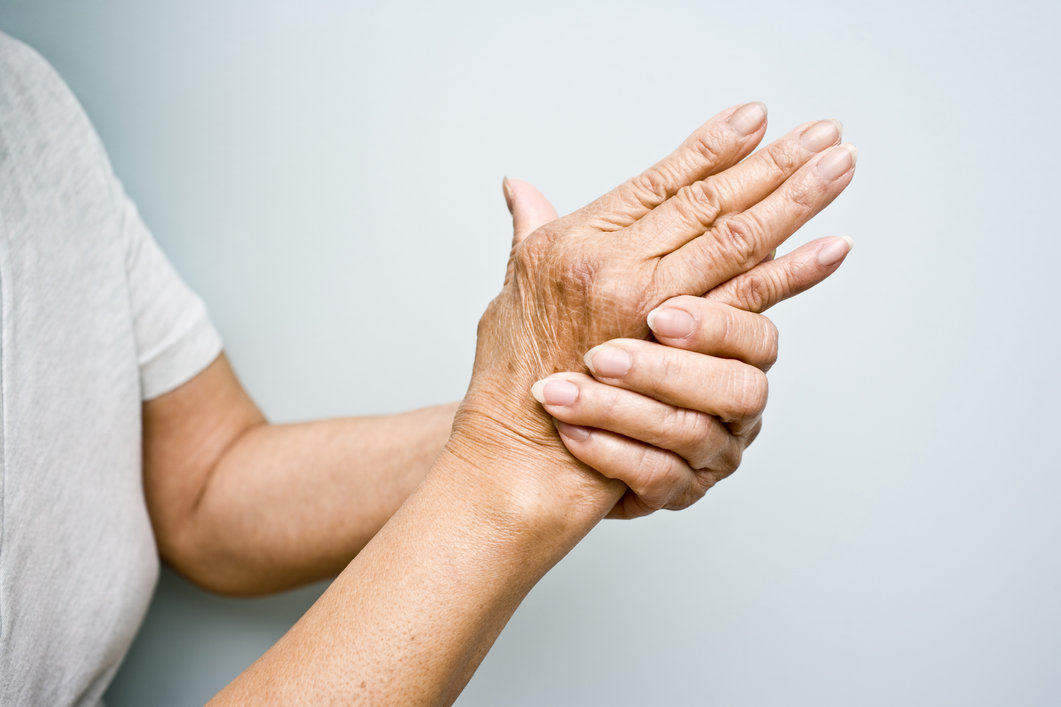Miss Shamim Umarji
Consultant Orthopaedic Surgeon
Specialist expertise: Hand and Wrist Problems, Sports Injuries, Orthopaedics, Carpal Tunnel, Cubital Tunnel, Trigger Finger, Arthritis, Hand & Wrist, Paediatrics.
Osteoarthritis refers to a process, usually age-related, of degradation and degeneration of the cartilage lining a joint, and subsequent changes in the bone adjacent to that joint.

Osteoarthritis refers to a process, usually age-related, of degradation and degeneration of the cartilage lining a joint, and subsequent changes in the bone adjacent to that joint. The joint at the base of the thumb, between the thumb metacarpal and the trapezium, is the most commonly affected joint in the hand to be affected by ‘wear and tear’ or osteoarthritis. This joint is variably named the thumb carpometacarpal joint (CMC joint) or the Trapeziometacarpal joint (TMJ).
The thumb CMC joint is unusual in that it is ‘saddle-shaped’, allowing the versatile range and planes of motion of the thumb ray. The joint depends on important ligaments for its stability. Unfortunately the mobility and the oblique orientation of the joint mean that those ligaments are regularly put under load and can stretch out, predisposing the joint to degenerative change. This condition generally affects people over the age of 50, and affects women more often than men.
It causes pain and a reduction in grip strength – particularly pinch grip between the thumb and adjacent fingers. Daily activities such as opening jars or turning a key in a lock become difficult, if not impossible. Initially the pain is activity based, but like arthritis in other joints, it can become constant. The diagnosis is made by examination of the hand, revealing the typical ‘squaring off’ and tenderness at the base of the thumb, and confirmed by X-rays – only rarely are more elaborate imaging techniques required.
Treatment of this condition usually progresses from less invasive to more invasive techniques, depending on the level of symptoms and the response of those symptoms to treatment:
The method/s chosen will depend on many factors tailored to your own particular needs, situation and timing. Your surgeon will discuss with you the rationale, advantages and disadvantages of the method proposed specifically for you.
We are able to offer appointments to referred paediatric patients aged 12-18. For full information on our paediatrics service, please visit our main Paediatrics page.
Currently selected day
Available consultations
We boast a truly integrated team of orthopaedic surgeons, sports medicine physicians, podiatric surgeons, rheumatology specialists, paid medicine consultants and hand therapy specialists. All of these services work together in one place, enabling us to give patients the best care possible.